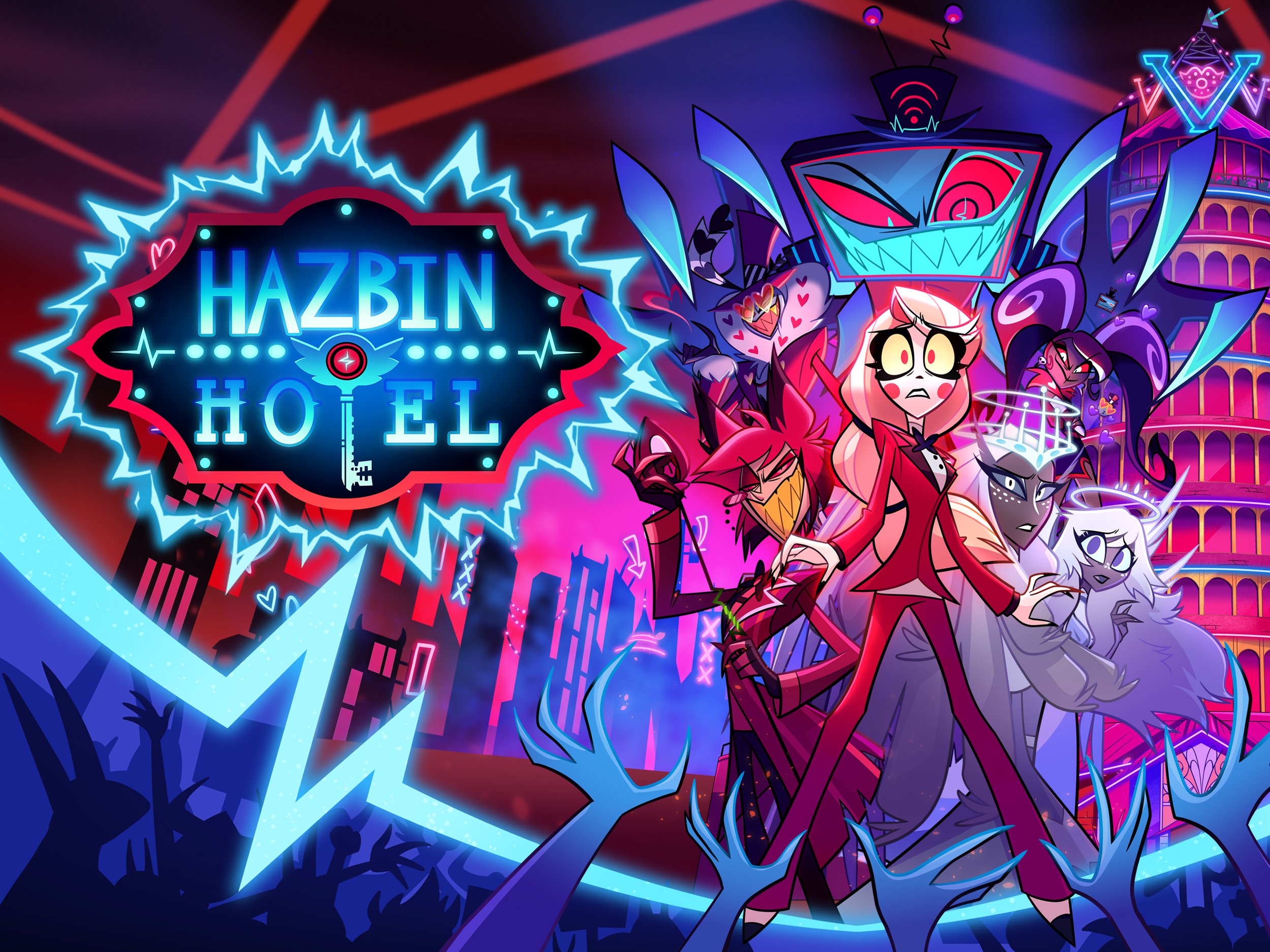Snow White: The Mirror, the Womb, and the Coffin
This series of mini-essays attempts to revisit classic tales and bedtime stories with the mindset that fairy tales were never meant to be innocent. They are stories born in blood, hunger, fear, and fire told and retold across centuries not to comfort, but to warn. Yet somewhere along the way, we cleaned them up. Smoothed the edges. Made them sweet enough for children, harmless enough for bedtime and ripe for psychological exploration.
In each one, I take a familiar tale Snow White, Hansel and Gretel, and others to come and strip it of sentimentality. We examine what lies beneath the fantasy: the psychology, the archetypes, the hidden traumas and encoded truths. Using frameworks like Freudian theory, Jungian archetypes, and trauma psychology, we explore what these stories reveal about the human condition read not as fairy tales, but as myths of survival.
This is not nostalgia.
This is raw.
The Tale, Retold
In the dead of winter, when the snow fell like silence from the sky, a queen pricked her finger while sewing and bled three drops onto white cloth. She wished for a child “with skin as white as snow, lips as red as blood, and hair as black as the wood of the window frame.” Soon after, she gave birth to a daughter and died.
The child, named Snow White, grew under the eye of a new queen. This woman, raven-haired and cruel, spoke daily to her enchanted mirror: “Who is the fairest of them all?” And for a time, the mirror answered as she wished.
But Snow White grew.
And the mirror changed its answer.
The queen, enraged by this betrayal of flesh and glass, sought to murder the girl. Three times she tried: first with a strangling lace, then a poisoned comb, and finally with a poisoned apple. Snow White died (or slept) in a glass coffin in the woods, preserved in youth and beauty, until a prince came. He desired her. He demanded her body.
When the apple dislodged from her throat, Snow White awoke. The prince took her as his wife. The queen was made to dance in iron shoes heated red-hot until she died.
A happy ending, they say.
The Descent Begins
This is not a story about love, nor about innocence rewarded. It is a story about power, obsession, erasure, and the violent competition between generations of women shaped by patriarchal gaze.
At its core: a child born from death, who lives only to reflect beauty back at those who crave it. A mother replaced by a queen who cannot stand to see time make her irrelevant. And a prince who claims a corpse for a bride.
Psychological Dissection
Freudian Lens: The Stepmother, the Mirror, and the Coffin
Freud would see the stepmother not as a villain, but as a projection of the mother’s repressed rage and rivalry. The queen and Snow White are not enemies by nature, but bound in a deadly erotic triangle: woman, daughter, and man (the mirror, the prince, the father).
The mirror acts as the superego: cold, objective, unflinching. It reflects not truth, but judgment. The queen speaks to it because she needs validation, but it turns on her the moment her youth begins to decay.
The apple? A deeply Freudian object. Red, round, sweet, and deadly it is simultaneously maternal breast and forbidden fruit, both nourishment and punishment. It lodges in the throat, choking Snow White’s voice, her breath, her agency.
The glass coffin is necrophilic fantasy: a pure, untouched virgin, forever beautiful, forever silent. The prince does not revive her with love, he wants her body even in death. She is not a wife, but a trophy.
The stepmother is burned alive in the end but ask yourself: is it really she who dies, or the symbolic mother inside Snow White? This isn’t justice. It’s psychic matricide.
Jungian Lens: The Shadow and the Feminine Split
Jung might say: the queen and Snow White are not two people. They are one psyche, split in two.
Snow White is the persona: the innocent, compliant, submissive face shown to the world. The queen is the shadow: angry, vain, power-hungry, sexual. Together they represent the split feminine archetype in patriarchal myth: virgin or witch, nothing in between.
The seven dwarfs depicted as grotesque and sexless represent a liminal space: the unconscious. Snow White hides there, safe among non-threatening masculine forms. She cannot grow there. She can only sleep.
Only by “dying” (falling into the coffin) can she be reborn but not as a whole woman. As a wife. As property. The anima remains divided.
The Human Truth Beneath
This story is not about evil women.
It is about how beauty becomes currency, and how women are taught to destroy each other to survive within that economy.
It is about age as decay, youth as fetish, and the mirror that whispers, always: you are not enough.
It is about the death of the mother, not just in childbirth, but in spirit. And about how daughters are made to replace their mothers, not through love but conquest.
It is about erasure. Snow White is not a character. She is a reflection. She is an object of desire, a victim of rivalry, and finally, a reward. Her silence is the price of her beauty.
Simply Put
We like to pretend this is a story of good vs. evil. But in truth, it is a story of woman vs. woman in a man’s world, each one punished for the roles they are forced to play. And none of them are free.
Not even the fairest of them all.
References
Rowe, Karen E. “Feminism and Fairy Tales.” Women's Studies, vol. 6, no. 3, 1979, pp. 237–257.
Bettelheim, Bruno. The Uses of Enchantment: The Meaning and Importance of Fairy Tales. Knopf, 1976.
Mulvey, Laura. “Visual Pleasure and Narrative Cinema.” Screen, vol. 16, no. 3, 1975, pp. 6–18.







